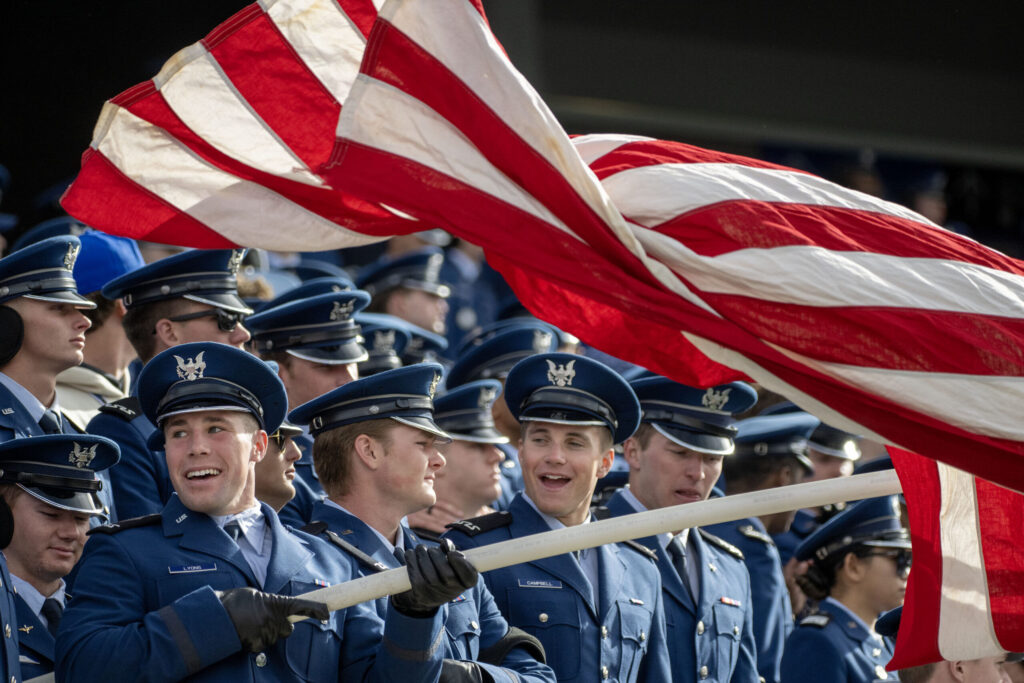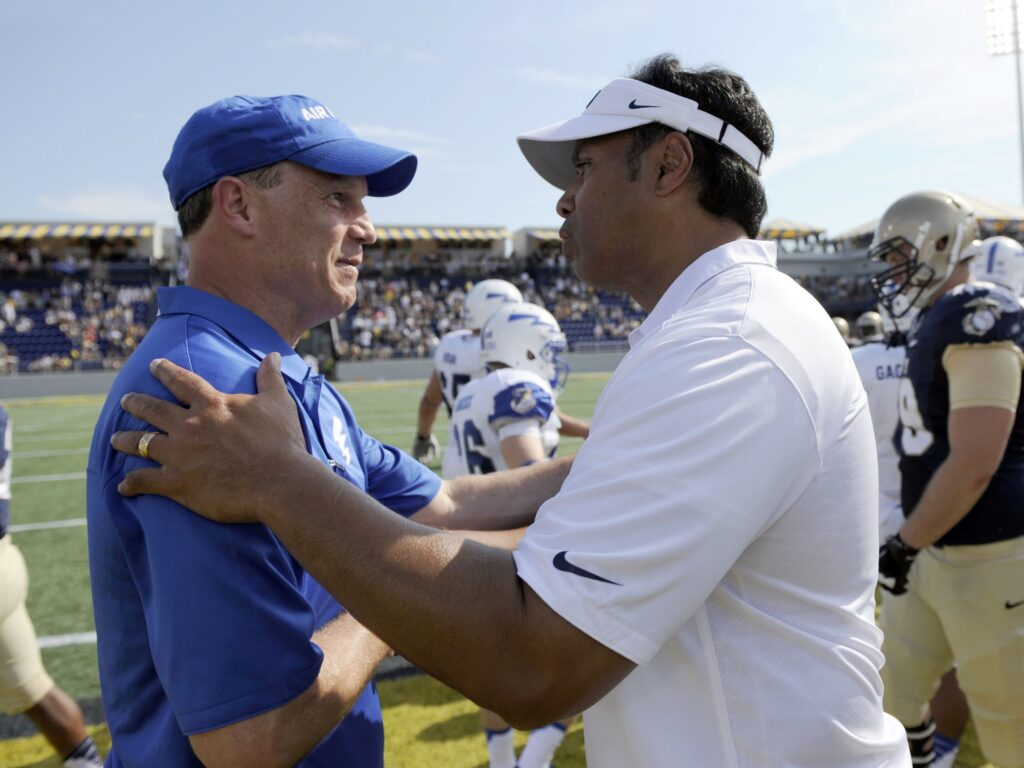Tight Air Force games have provided consequence-rich setting for player development

A series of close games – mostly losses – has provided at least one practical advantage for Air Force.
For a team trying to develop a number of young players, virtually ever snap has occurred in a situation that truly mattered.
“You know how close you were,” senior nose guard Payton Zdroik said. “You know one snap either way you could have changed the outcome of the game. Honestly it’s good to recognize that as a younger guy.”
The past four games for Air Force have been decided by three points apiece.
“The seeds that you’re sowing, there’s even more sunlight, fertilizer, the whole bit,” Air Force coach Troy Calhoun said. “So true. The way you grow the most is have to be right in the middle of the fray as much as you possibly can.”
It stands to reason that Saturday’s 4 p.m. MT game at San Jose State will be another of those close games, as the series has been split 2-2 over the past four meetings and Mountain West games this year have been close as a general rule. The nine games thus far between teams that will remain in the conference in 2026 have seen only one decided by double digits.
“In our league everybody can beat everybody,” San Jose State coach Ken Niumatalolo said.
Air Force’s pass defense is ranked No. 130 nationally, while San Jose State’s passing offense lead the country. But Air Force’s passing efficiency is third nationally and San Jose State is No. 124 defensively in that category.
The Falcons have the Mountain West’s best offense, San Jose State has the No. 122 defense nationally.
There are a lot of strengths vs. weaknesses here, perhaps setting the stage for another shootout like the Falcons have been so accustomed to seeing.
Air Force must prepare for this prolific spread offense the week after facing Army’s punishing ground-based offense. San Jose State must prepare for Air Force’s option after topping Hawaii’s pass-heavy attack.
“What they do offensively is, like, on the other side of the world from what University of Hawaii does,” said Niumatalolo, who spent 25 years on staff at Navy. “One’s at the north pole, one’s at the south pole; just diametrically different.
Air Force has gone 1-3 in the past four games while competing in contests decided by made — or missed — field goals.
But it’s in that setting that the Falcons are bringing along a bevy of young players in the defensive secondary as well as sophomore quarterback Liam Szarka.
Szarka, who leads Air Force with 1,219 passing yards and 816 rushing yards,
“It all starts with Liam,” Niumatalolo said. “He’s an impressive kid.
“Reminds me of some of the guys we had at the Naval Academy – can run, can throw it, is tough, takes shots but gets up. He doesn’t get rattled. He’s not a quarterback who gets hit and comes up limping. He bounces right up.”
Coming off 20-17 loss to Army, Air Force is in position where it must bounce right back if it is to keep hopes for a bowl game alive.
And it very well find it continuing to thrust young players into the fray for 60 consequential minutes at a time.
“These guys, they’ve taken it on the chin,” Zdroik said. “They’re doing a good job of growing and getting better. Focusing every day on what they’ve got to do. Main thing is just growth, just trying to keep moving forward and getting better.”
Tight contests
Games played this season between Mountain West teams that will remain in the conference next year – a group that includes Air Force and San Jose State, which meet on Saturday – have been an average of 6.3 points.
Week 5
Hawaii 44, Air Force 35
Week 6
San Jose State 35, New Mexico 28
UNLV 31, Wyoming 17
Week 7
UNLV 51, Air Force 48
Wyoming 35, San Jose State 28
Week 8
Air Force 24, Wyoming 21
New Mexico 24, Nevada 22
Week 10
New Mexico 40, UNLV 35
San Jose State 45, Hawaii 38

















